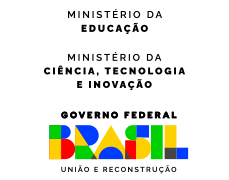IMPA launched postgraduate degrees in math in Brazil

* The text below was part of the application dossier from Brazil to Group 5, the elite of World Mathematics, International Mathematical Union
The history of graduate studies in Brazil is closely related to that of the two main agencies for the promotion of science, CNPq and Capes, both created by the federal government in
1951. CNPq provides support to individual researchers and research groups, where as CAPES both funds and evaluates graduate programs, on quadrennial cycles.
The origin of graduate programs goes back to the so-called University Program, launched by CAPES in 1953, which offered grants, scholarships, and support to the organization of
scientific events, in order to foster visits by foreign scholars and cooperation among institutions.
Graduate programs were formally recognized in 1965, when the Ministry of Education approved the legal framework for their activities. At that point, there were 27 master’s and 11
doctoral programs, in all areas of knowledge.
Further regulations were issued by the end of that decade, and National Programs for Graduate Studies have been formulated by the federal government since 1975. The fifth such Program is currently active, for the period 2011-2020.
The first graduate program in mathematics started at IMPA in 1962. By the end of that decade, doctoral programs were still scarce and mostly concentrated around Rio de Janeiro and
São Paulo, with a few master’s level programs scattered in other cities. Despite a slow start, the system grew steadily so that by the turn of the century graduate programs in mathematics existed in all five major geographic regions of Brazil: South, Southeast, Midwest, Northeast, and North. Since then, several of these programs have been upgraded from master’s to doctoral level, and the system as a whole has more than doubled in size.
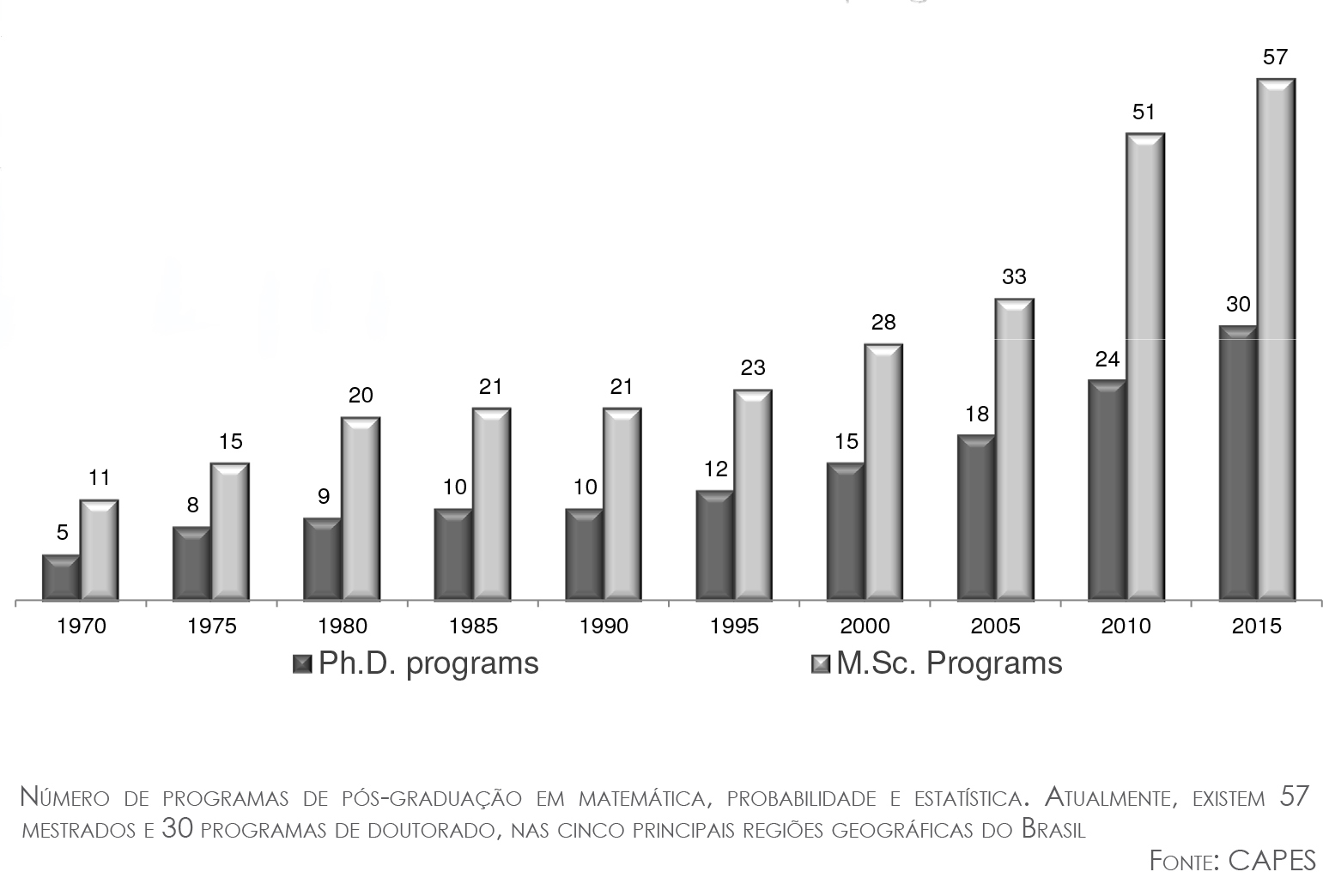
Historically, the vast majority of graduate programs were designed for academia, namely, for training university professors and researchers. That trend started to change in the 1990s, with the creation of so-called “professional” programs, whose aim is to qualify human resources to work in non-necessarily academic environments.
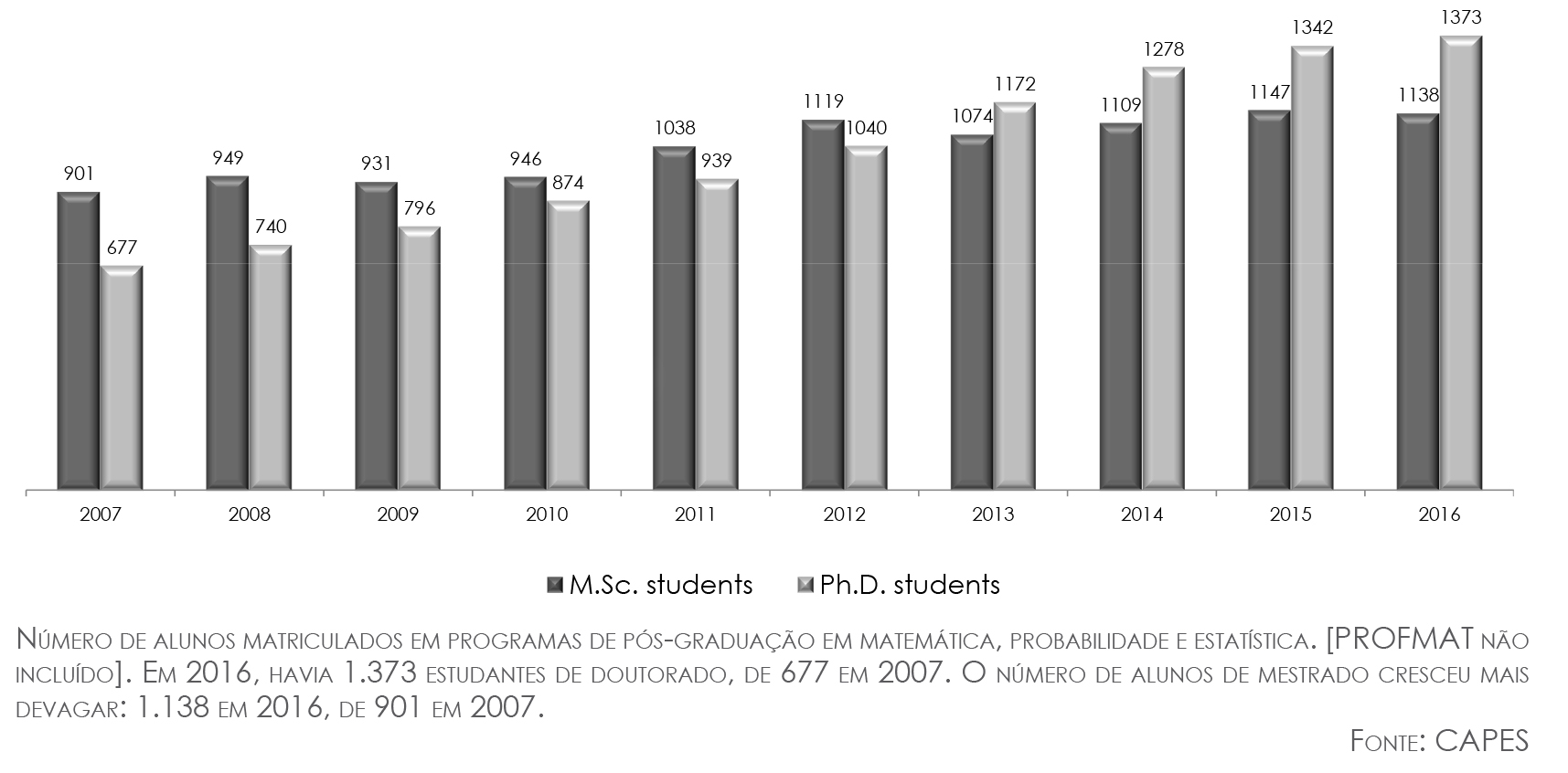
There are currently six professional master’s programs in mathematics, in such areas as industrial mathematics, mathematical methods in finance and the training of school teachers.
Among the latter, the nationwide network PROFMAT takes 1,600 new students every year, in about 100 campuses in all Brazilian states.
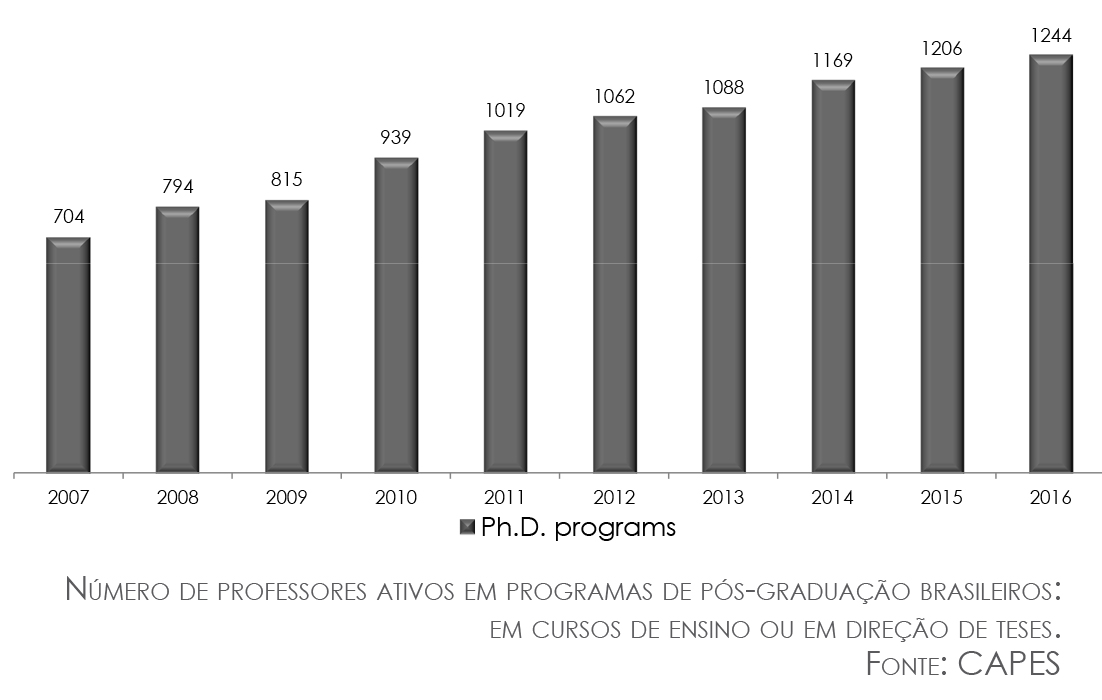
It should be noted that the total number of students in doctoral programs has doubled over the last decade, so that by 2013 it had overtaken the number of students in master’s programs.
Furthermore, a significant number of Brazilian students get their degrees abroad, most of the times sponsored by either CAPES or CNPq through graduate scholarships. A popular model, called sandwich doctorate, allows for students enrolled in Brazilian doctoral programs to visit centers of excellence in other countries for a one-year period, to carry part of the research with distinguished international experts.
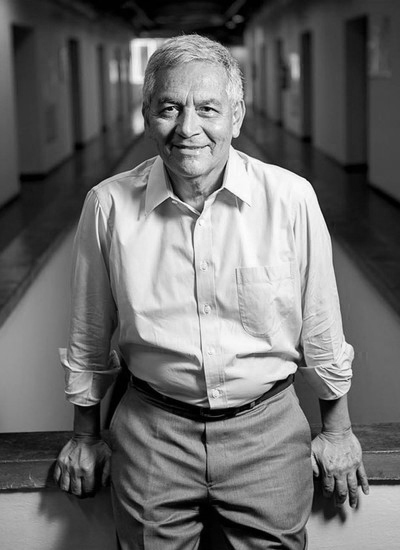
The number of Brazilian students abroad, both graduate and undergraduate, was much augmented by the Science without Borders program, launched by the federal government in 2011. Science without Borders also offered a substantial number of fellowships for both young and senior outstanding international researchers to visit Brazilian research centers.
